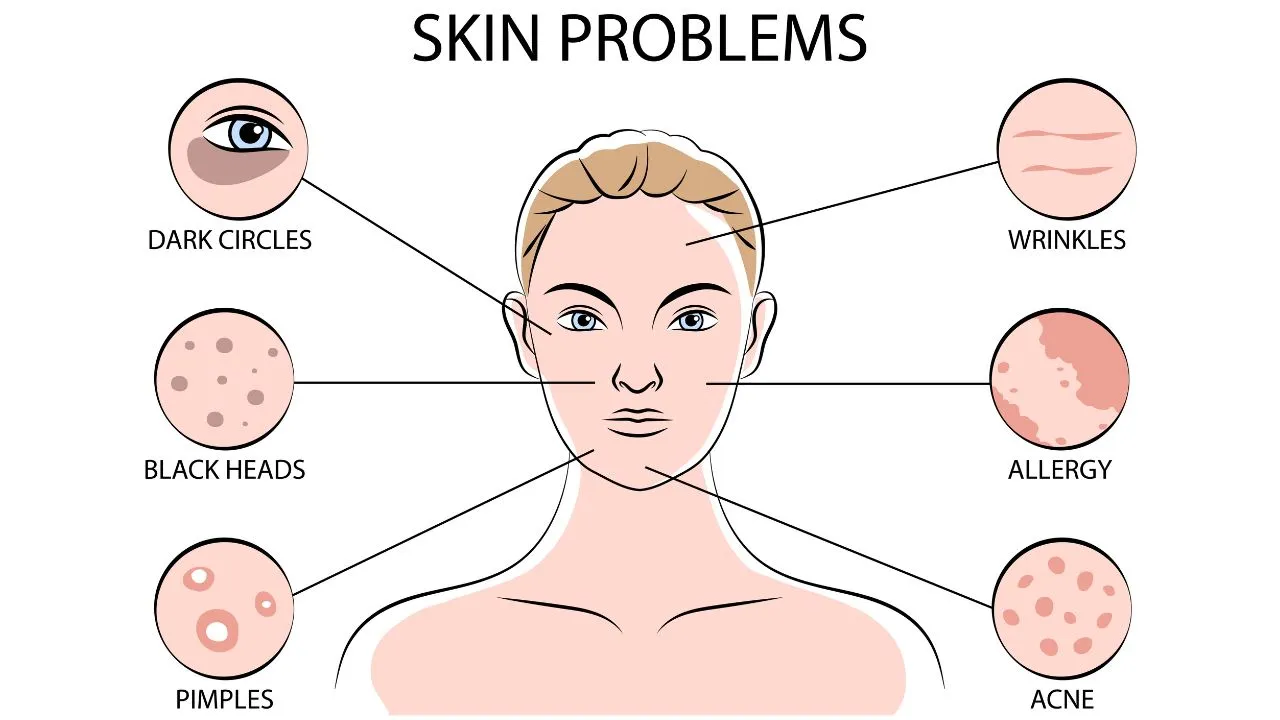Renew your appearance with a professional chemical peel.
Checking Out the Newest Advances in Dermatology: Mohs Techniques for Efficient Skin Cancer Cells Treatment
In the advancing landscape of dermatology, Mohs surgical treatment has become a groundbreaking approach in treating skin cancer cells. This technique, recognized for its precision and effectiveness, has changed the domain, providing a sign of hope for individuals with basal and squamous cell carcinomas. As we unbox the complexities of this treatment and its edge over typical treatments, one can not aid however ponder the transformative prospective Mohs surgery holds for the future of skin cancer cells treatment.
Comprehending the Fundamentals of Mohs Surgical Treatment
A considerable variety of individuals worldwide are significantly turning to Mohs surgical treatment for skin cancer treatment. This specific medical technique, called after its leader Dr. Frederic Mohs, is primarily used to treat the most common types of skin cancer: basal and squamous cell carcinomas. The process involves the removal of thin layers of cancer-containing skin, which are then carefully taken a look at to ensure that all cancerous cells have been eliminated. This precision permits the preservation of as much healthy tissue as possible, reducing the threat of disfigurement. The efficiency of Mohs surgery is amazing, boasting the highest success rate among treatments for skin cancer, with a reported five-year cure price of approximately 99% for new cancers.
The Pioneering Role of Mohs Surgical Procedure in Dealing With Skin Cancer Cells
In spite of the myriad of skin cancer cells treatments available today, Mohs surgical treatment holds an unique pioneering duty. Established by Dr. Frederic Mohs in the 1930s, this procedure has actually reinvented the field of dermatology by offering the greatest remedy price for skin cancer patients. Its accuracy and effectiveness in removing malignant cells while preserving healthy cells is unequaled. Mohs surgical treatment is particularly reliable in treating hostile and persisting cancers, making it a preferred selection for skin cancers located in cosmetically delicate or functionally essential areas. Its introducing function transcends past its performance, influencing just how dermatologists comprehend and approach skin cancer. This micrographic surgical treatment has set a new requirement in skin cancer treatment, advertising survival and lifestyle for individuals worldwide.

The Procedure: A Step-by-Step Failure of Mohs Surgical Treatment
Undergoing Mohs surgery involves a precise, step-by-step process designed to eradicate skin cancer while maintaining healthy tissue. Originally, the noticeable tumor is removed, complied with by slim layers of skin bordering the location. Each layer is diligently taken a look at under a microscopic lense to look for cancer cells. If any type of are discovered, an additional layer is removed from the precise location where the cancer cells was found. This procedure continues up until no cancer cells exist in the skin sample. Unlike typical techniques, Mohs surgical procedure permits the cosmetic surgeon to precisely identify when the cancer has been completely removed, decreasing the requirement for added therapy. The wound is after that fixed, commonly on the exact same day, depending on the size and location of the eliminated tissue.
Trick Conveniences of Opting for Mohs Surgery: Effectiveness and Accuracy

Mohs Surgical procedure vs. Traditional Skin Cancer Therapies: A Relative Evaluation
The relative evaluation in between Mohs surgical procedure and conventional skin cancer cells treatments necessitates a comprehensive understanding of both methods. The very first part of the exam will translate the procedure of Mohs surgical procedure, followed by an expedition of standard treatments. The last facet of the contrast will concentrate on the efficiency of each approach, providing a clear contrast between view it Mohs and traditional therapies.
Understanding Conventional Treatments
Patients battling skin cancer commonly challenge an overwelming range of treatment options. Typical treatments mainly include surgical excision, cryotherapy, radiation, and topical radiation treatment. In medical excision, the malignant tissue is eliminated in addition to some surrounding healthy and balanced skin. Cryotherapy uses severe cold to kill cancer cells, while radiation treatment uses high-energy rays to damage them (hair loss). Topical chemotherapy entails applying a lotion or gel straight onto the skin cancer. While these therapies can be reliable, they might additionally lead to scarring, pain, and in some instances, recurrence of the cancer cells. The choice of therapy demands a careful balance in between removing the cancer cells thoroughly and protecting as much healthy and balanced skin as feasible. The following section will certainly explore the Mohs surgery, a strategy that aims to attain this balance.
Translating Mohs Surgery
One such innovation is Mohs surgical procedure, a specialized treatment that stands out in treating certain kinds of skin cancer. Unlike traditional therapies that usually get rid of added healthy and balanced skin around the tumor, Mohs surgical treatment is a specific technique that entails getting rid of skin cancer cells layer by layer while examining each layer under a microscope till no cancer cells stay. Mohs surgery is not appropriate for all skin cancers and client problems, hence requiring a cautious evaluation by dermatologists.
Efficiency Comparison: Mohs vs. Traditional
While both Mohs surgical procedure and standard skin cancer therapies have their advantages, a comparative evaluation reveals distinctive differences in efficiency. The Mohs technique, entailing the removal of one skin layer at once, has revealed higher remedy prices for both main and recurrent skin cancers cells. Conventional approaches like excision, cryotherapy, or radiation therapy, although efficient, may not constantly ensure full elimination of cancer cells. A research by the American College of find this Mohs Surgical procedure found that Mohs surgical treatment had a 99% success price for treating basic cell cancer, compared to an 89% price for traditional approaches. Patient viability, cancer cells type, and location significantly affect therapy results. Therefore, while Mohs shows remarkable efficiency, it's not universally suitable.
Accepting the Future: The Growing Adoption of Mohs Surgical Treatment in Dermatology
This growing adoption is attributed to the treatment's high treatment prices, specifically for basic cell carcinoma and squamous cell cancer, the most usual kinds of skin cancer cells. Mohs surgical treatment uses the benefit of protecting a lot more healthy cells than traditional techniques, making it a favored choice for dealing with cancers in cosmetically delicate areas. Despite this, the future of dermatology appears to be welcoming Mohs surgery as a crucial tool versus skin cancer.
Final thought
In summary, the advancements in Mohs surgery techniques have changed his response skin cancer therapy in dermatology. The procedure's accuracy in getting rid of cancerous skin layers while saving healthy cells has confirmed its efficiency, bring about high remedy prices and reduced recurrence. Offered its supremacy over conventional techniques, the adoption of Mohs surgical procedure is expected to expand, positioning it as the future of efficient skin cancer treatment.